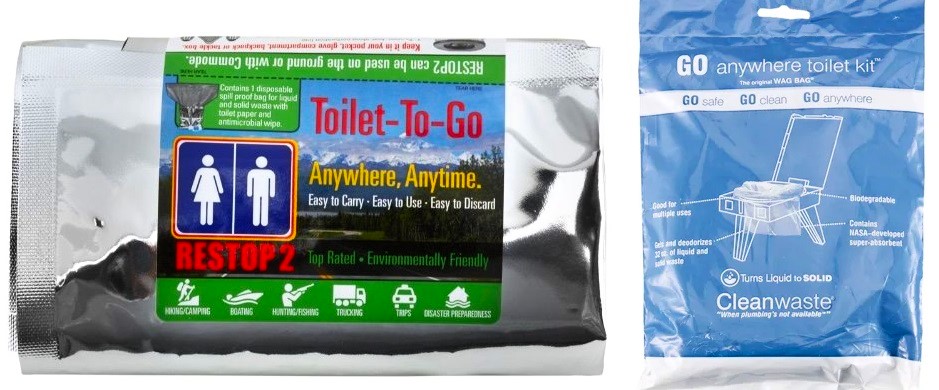New Regulations For Pooping on Mount Everest
Hiking Mount Everest today is not as beautiful as you might think. Mount Everest has reached peak poop. With more than 800 people attempting to summit each year, and another 500 who visit base camp each day, human waste is littered across the Himalayas. In some ways it’s fitting that these executive weekend warriors hike though decades of their own crap. It’s payback for destroying the natural beauty of the world’s tallest mountain.
I mean, just look at these outdoor enthusiasts. So impressive. I wonder how they treat their local beaches.
The New Rules for Pooping on Mount Everest
Mount Everest, the highest peak in the world, continues to allure adventurers from all corners of the globe. With the increasing number of climbers attempting to conquer this magnificent mountain, the issue of waste management has reached critical mass. Environmental impact, hygiene, and the preservation of the pristine beauty of Everest has garnered attention. In an effort to address these issues, new rules for pooping on Mount Everest have been implemented, revolutionizing the way climbers handle their bodily functions.
People climbing Mount Everest will now have to clear up their own poo and bring it back to base camp to be disposed of, authorities have said.
“Our mountains have begun to stink,” says Mingma Sherpa, chairman of the Pasang Lhamu Municipality. The municipality covers most of the Everest region, and introduced new regulations on climber excrement as part of wider environmental controls.
“We are getting complaints that human stools are visible on rocks and some climbers are falling sick. This is not acceptable and erodes our image,” Mr Mingma adds.
It is estimated there is up to three tons of human excrement between camp one and camp four, the last camp before you summit Everest. Absolutely disgusting.
What Are The New Rules Regarding Poop on Mount Everest?
1. Mandatory Waste Management Training
All climbers who desire to conquer Mount Everest must participate in a mandatory Waste Management Training program before obtaining their climbing permit. This comprehensive training educates climbers on proper waste disposal techniques, emphasizing the Leave No Trace principles. Participants learn the impact of human waste on the delicate ecosystem of the mountain and how to minimize their footprint.

2. Portable Toilets and Biodegradable Bags
To address the lack of sanitation facilities, climbers are now required to carry portable toilets along with them. These specially designed portable toilets are lightweight, easy to carry, and minimize the impact on the mountain environment. In addition, climbers must bring biodegradable bags to collect and contain all human waste. These poo bags contain chemicals and powders that solidify human excrement and reduce odors. These bags can be later disposed of in designated waste collection points.
3. No Open Defecation
Open defecation, a common practice on the mountain in the past, is now strictly prohibited. Climbers must use their portable toilets or find a secluded spot to handle their bodily functions. This ensures that human waste is contained and does not pollute the mountain’s pristine landscape.
4. Waste Collection and Disposal
Climbers are now responsible for collecting all their waste, including both human waste and other trash, and bringing it down from the mountain. To facilitate this, designated collection points have been set up at various camps along the climbing route. Waste management teams stationed at base camps assist climbers in properly disposing of their waste. This initiative aims to maintain the cleanliness of the mountain and reduce pollution.

5. Strict Enforcement and Penalties
To ensure compliance, authorities have implemented strict enforcement measures. Climbers found violating the waste management rules face severe penalties, such as the revocation of climbing permits and a ban from future expeditions. These penalties not only discourage misconduct but also serve as a deterrent for future climbers.
Conclusion
The implementation of new rules for waste management on Mount Everest demonstrates a unified effort to preserve its natural splendor and protect its delicate ecosystems. By mandating Waste Management Training, introducing portable toilets and biodegradable bags, prohibiting open defecation, and enforcing strict penalties, climbers now have the necessary tools to responsibly handle their bodily functions. These regulations pave the way for a cleaner, more sustainable Mount Everest, hopefully ensuring future generations can experience the incredible beauty of the world’s highest peak.
But the best way to preserve Mount Everest is to stop the expeditions altogether or severely reduce the number of climbers each year and charge these limousine litterbugs a hefty cleanup fee before they arrive. Hike it in, hike it out, like a true outdoor enthusiast. If you would like to donate to a Cleaner Mount Everest, consider The Mountain Fund.
Thanks For Reading the best men’s lifestyle blog!












